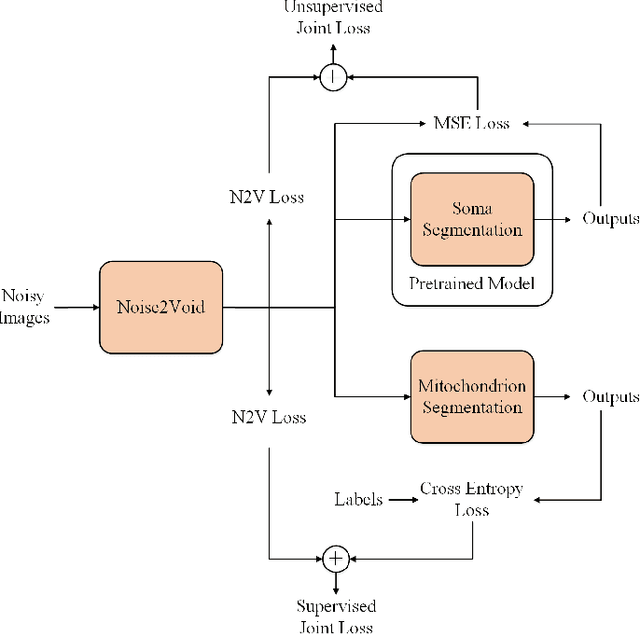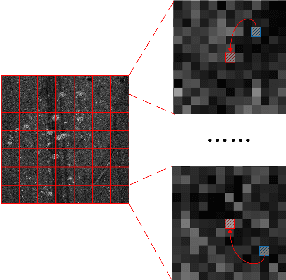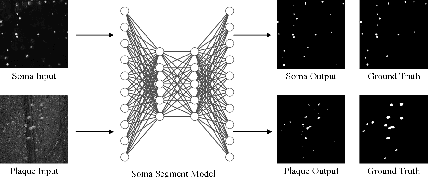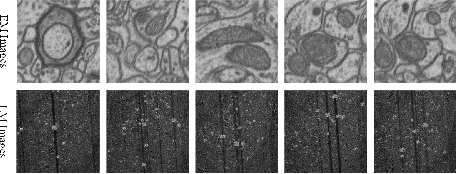Joint Optical Neuroimaging Denoising with Semantic Tasks
Paper and Code
Sep 22, 2021



Optical neuroimaging is a vital tool for understanding the brain structure and the connection between regions and nuclei. However, the image noise introduced in the sample preparation and the imaging system hinders the extraction of the possible knowlege from the dataset, thus denoising for the optical neuroimaging is usually necessary. The supervised denoisng methods often outperform the unsupervised ones, but the training of the supervised denoising models needs the corresponding clean labels, which is not always avaiable due to the high labeling cost. On the other hand, those semantic labels, such as the located soma positions, the reconstructed neuronal fibers, and the nuclei segmentation result, are generally available and accumulated from everyday neuroscience research. This work connects a supervised denoising and a semantic segmentation model together to form a end-to-end model, which can make use of the semantic labels while still provides a denoised image as an intermediate product. We use both the supervised and the self-supervised models for the denoising and introduce a new cost term for the joint denoising and the segmentation setup. We test the proposed approach on both the synthetic data and the real-world data, including the optical neuroimaing dataset and the electron microscope dataset. The result shows that the joint denoising result outperforms the one using the denoising method alone and the joint model benefits the segmentation and other downstream task as well.
 Add to Chrome
Add to Chrome Add to Firefox
Add to Firefox Add to Edge
Add to Edge